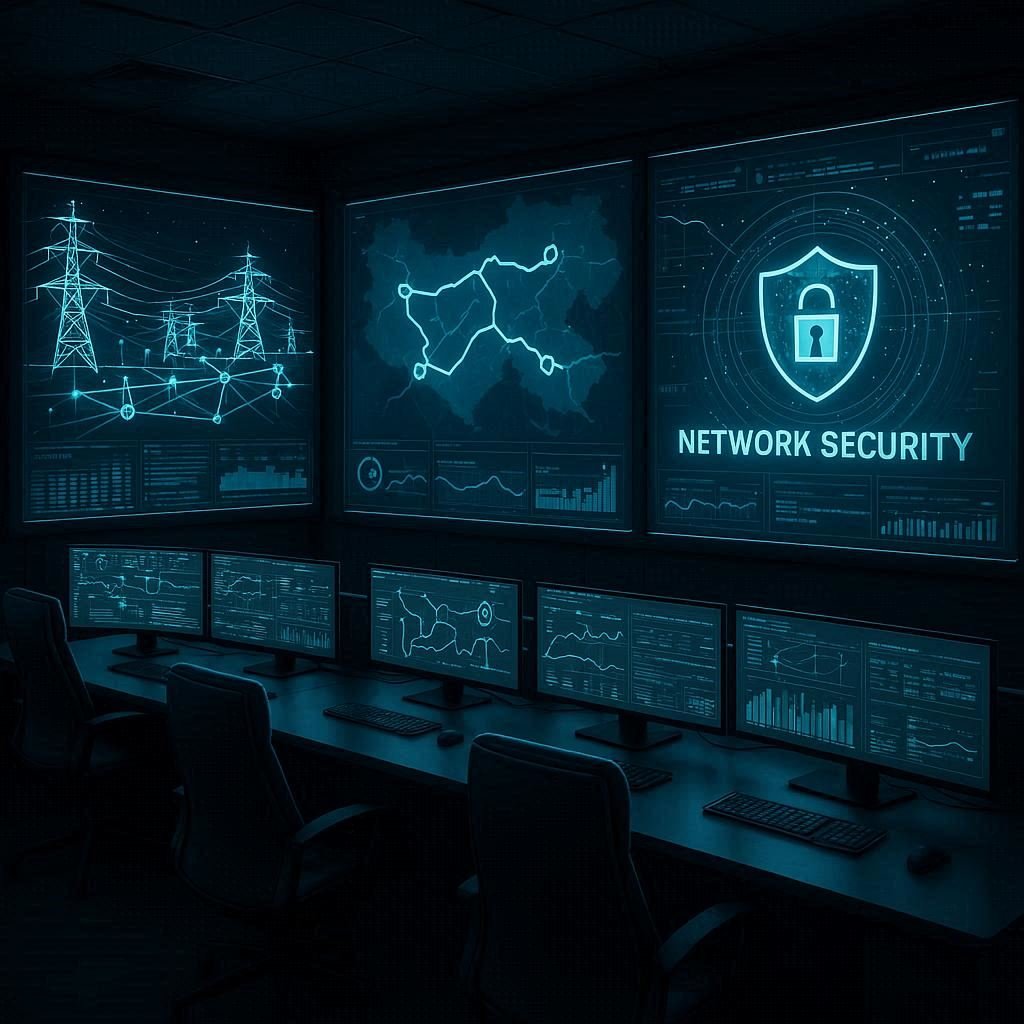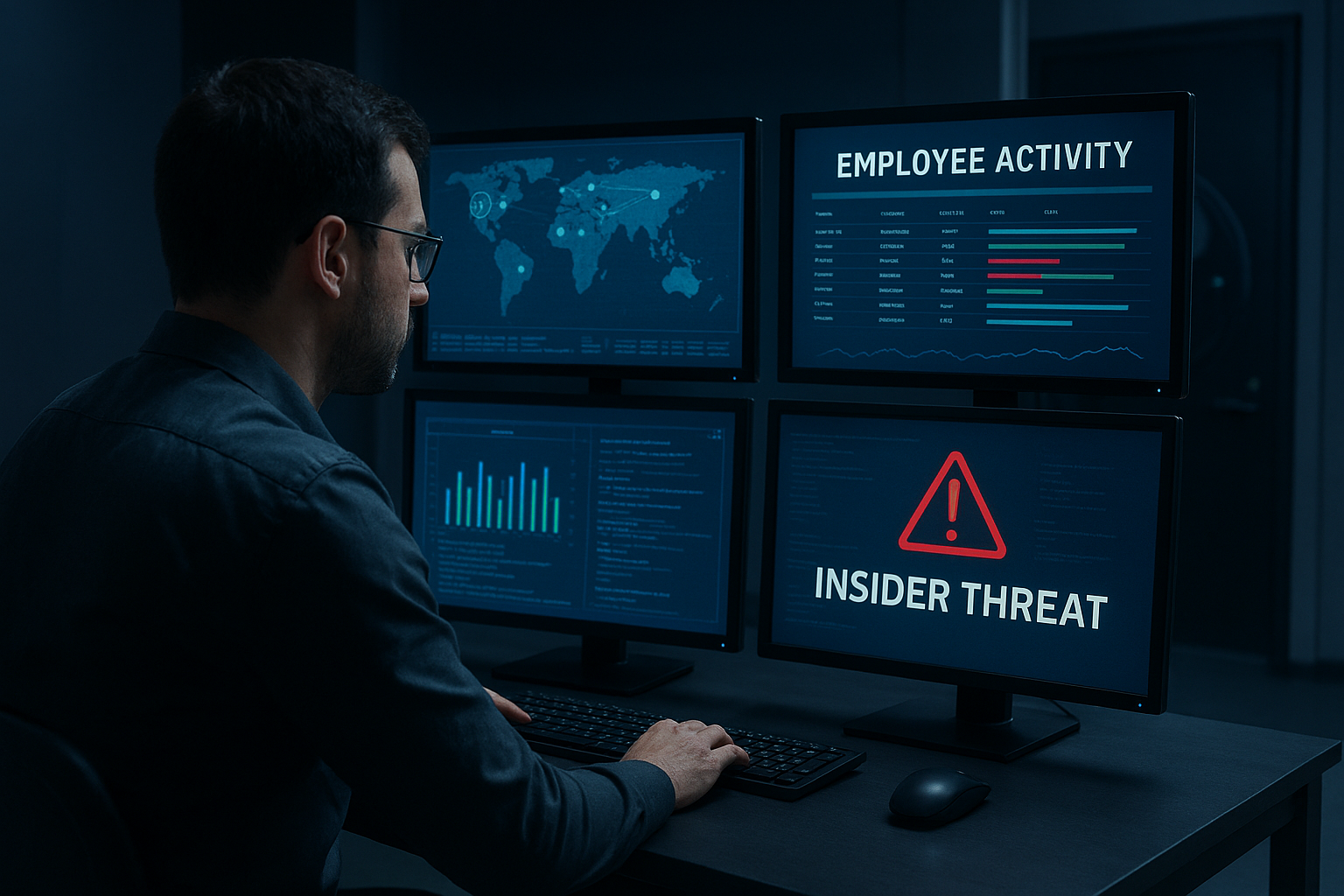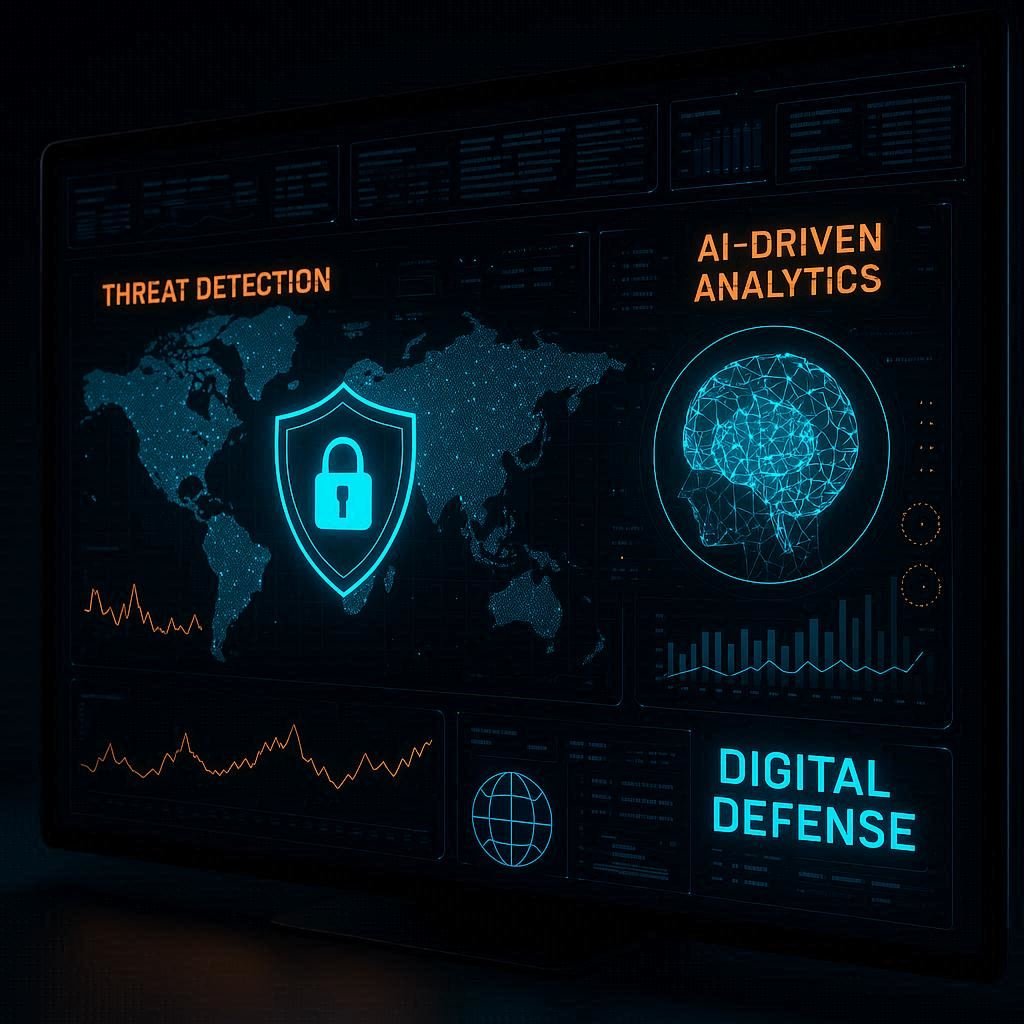The Role of Cybersecurity in Protecting Critical Infrastructure
Table of contents
Introduction
In today’s interconnected world, the importance of cybersecurity in protecting critical infrastructure cannot be overstated. From power grids and water systems to transportation networks and communication lines, these essential systems form the backbone of national security, public safety, and economic stability. As cyber threats grow more sophisticated, safeguarding these vital assets has become a top priority for governments and organizations worldwide.
Understanding Critical Infrastructure
Critical infrastructure refers to the physical and digital systems essential for a nation’s operation and well-being. These include sectors such as:
- Energy: Power plants, oil and gas pipelines, and renewable energy networks
- Transportation: Airports, railways, and traffic control systems
- Water and Waste Management: Water supply, sewage treatment, and sanitation systems
- Healthcare: Hospitals, emergency response centers, and medical supply chains
- Communication: Internet networks, satellites, and broadcast systems
Any disruption in these sectors can lead to severe consequences, affecting millions of lives and undermining national security. This is why cybersecurity in protecting critical infrastructure is not just an IT concern but a matter of national importance.
Why Cybersecurity Is Crucial for Critical Infrastructure
Critical infrastructure systems are increasingly digitized, integrating IoT devices, automation, and cloud technologies for efficiency. However, this connectivity also expands the attack surface, making them more vulnerable to cyberattacks.
Key reasons cybersecurity is essential include:
- Preventing Operational Disruptions:
Cyberattacks on control systems can halt essential services like electricity or water supply. Robust cybersecurity ensures continuity and reliability. - Protecting Public Safety:
A cyber breach in transportation or healthcare can endanger lives. Effective cybersecurity helps prevent accidents and maintain public confidence. - Safeguarding National Security:
Infrastructure like defense communications and energy grids are prime targets for state-sponsored cyberattacks. Strong defenses protect against espionage and sabotage. - Maintaining Economic Stability:
Attacks on financial systems or logistics networks can cause large-scale economic disruption. Cybersecurity ensures these systems remain resilient and trustworthy.
Common Cyber Threats Facing Critical Infrastructure
Critical infrastructure faces a wide range of cyber threats, including:
- Ransomware Attacks: Hackers lock vital systems until ransom payments are made, often crippling operations.
- Phishing and Social Engineering: Employees may unknowingly provide access through deceptive emails or links.
- Insider Threats: Disgruntled or careless employees can intentionally or accidentally cause breaches.
- Advanced Persistent Threats (APTs): These long-term, stealthy attacks aim to infiltrate networks undetected, often by state actors.
- Distributed Denial of Service (DDoS) Attacks: Overloading systems to cause service outages or slowdowns.
Recognizing these threats is the first step toward building effective defense mechanisms.
Key Strategies for Protecting Critical Infrastructure
Organizations and governments must implement comprehensive strategies to strengthen cybersecurity in protecting critical infrastructure. These include:
1. Implementing Strong Network Segmentation
Separating operational technology (OT) from information technology (IT) systems minimizes the risk of widespread damage. This isolation helps contain breaches and limits attacker movement.
2. Regular Vulnerability Assessments
Continuous monitoring and penetration testing identify weak points before cybercriminals can exploit them. Timely patch management is also crucial.
3. Multi-Layered Security Systems
Using firewalls, intrusion detection systems, and endpoint protection ensures multiple barriers against potential attacks.
4. Incident Response Planning
Preparedness is key. Having a well-defined incident response plan allows organizations to react swiftly, minimize downtime, and recover quickly from breaches.
5. Employee Training and Awareness
Human error remains one of the most common causes of cyber incidents. Regular training helps employees recognize phishing attempts, follow security protocols, and report suspicious activities.
6. Collaboration Between Public and Private Sectors
Many critical systems are privately owned but publicly essential. Collaboration ensures better threat intelligence sharing and coordinated defense efforts.
7. Adoption of AI and Machine Learning
AI-driven cybersecurity tools can detect anomalies and potential threats faster than manual methods, providing real-time protection.
Government Regulations and Frameworks
Governments play a major role in enforcing cybersecurity measures for critical infrastructure. Many countries have developed regulations and frameworks such as:
- The NIST Cybersecurity Framework (U.S.): Provides guidelines for identifying, protecting, detecting, responding, and recovering from cyber incidents.
- The European Union’s NIS2 Directive: Strengthens security requirements for essential and digital service providers.
- National Critical Infrastructure Protection Programs: Each nation tailors strategies to its unique infrastructure and threat landscape.
These frameworks encourage organizations to prioritize cybersecurity investment and foster accountability.
The Role of Emerging Technologies
Emerging technologies are reshaping how cybersecurity in protecting critical infrastructure operates.
- Artificial Intelligence (AI): Enables predictive threat detection and automated response.
- Blockchain: Improves transparency and data integrity across critical systems.
- Quantum Computing (Future Impact): While posing risks, it also promises advanced encryption capabilities.
Adopting these technologies enhances resilience and future-proofs infrastructure against evolving threats.
Challenges in Implementing Cybersecurity for Critical Infrastructure
Despite growing awareness, challenges remain:
- Legacy Systems: Many critical systems rely on outdated hardware and software that lack modern security features.
- Resource Limitations: Smaller utility providers or local institutions may lack the budget or expertise for comprehensive cybersecurity.
- Supply Chain Vulnerabilities: Third-party vendors and suppliers can introduce additional risk points.
- Balancing Security with Accessibility: Overly restrictive measures can hinder operations, so achieving the right balance is key.
Overcoming these challenges requires coordinated action and long-term planning.
Conclusion
The role of cybersecurity in protecting critical infrastructure is fundamental to national safety, economic stability, and public trust. As cyber threats continue to evolve, so must the defense mechanisms that safeguard the essential systems we rely on daily. Governments, private organizations, and individuals must collaborate, invest in innovation, and maintain vigilance to protect the digital backbone of our modern world.
By prioritizing cybersecurity, we ensure that our critical infrastructure remains resilient, secure, and capable of supporting future generations.




Comments are closed